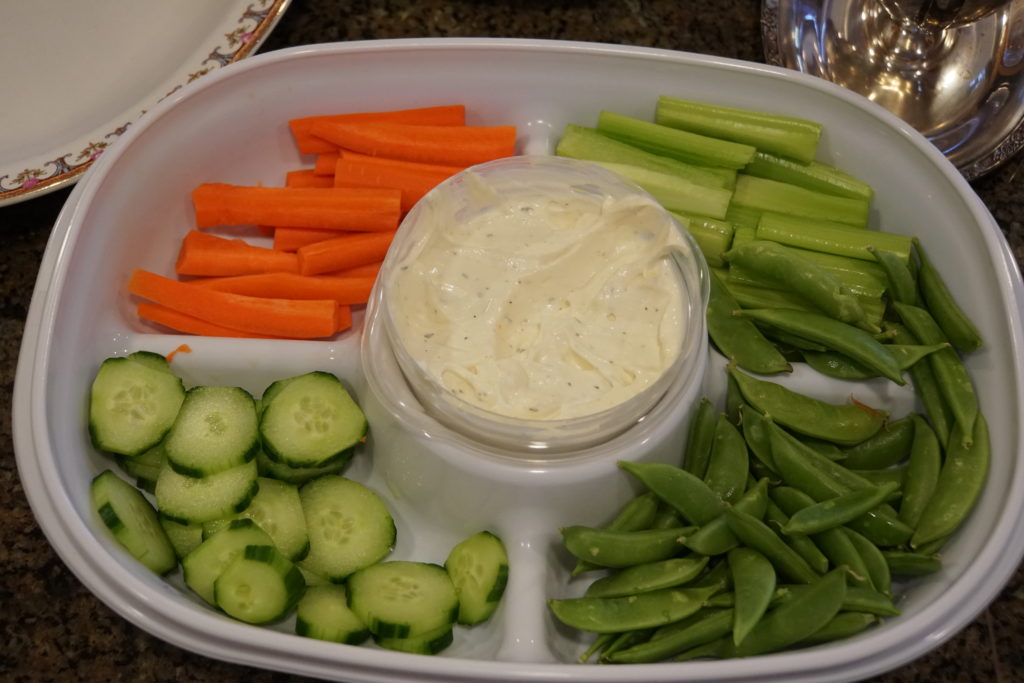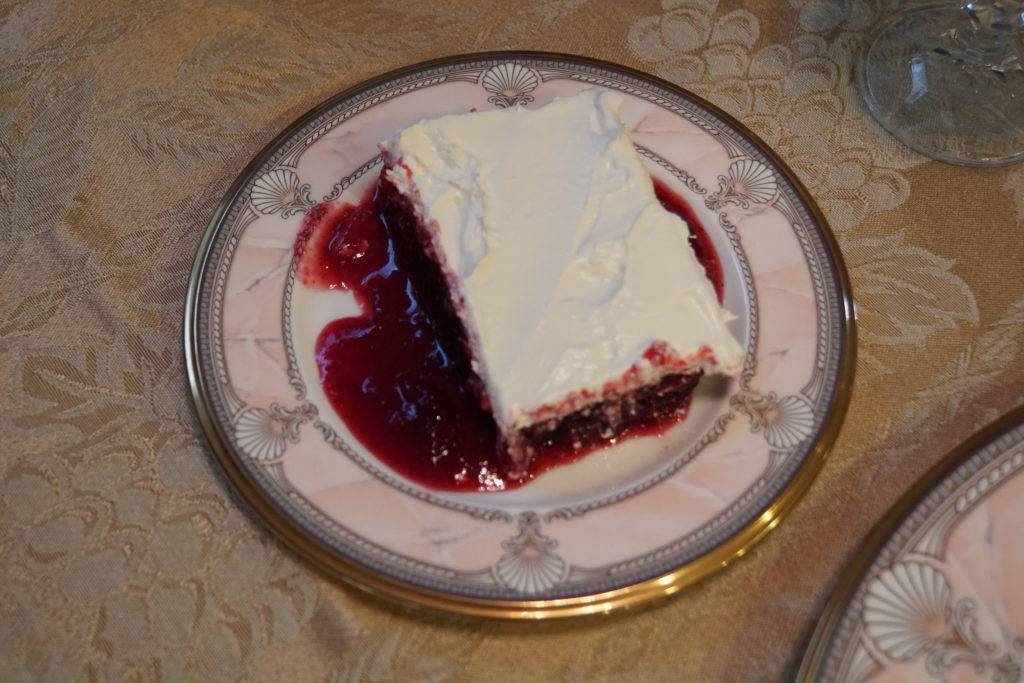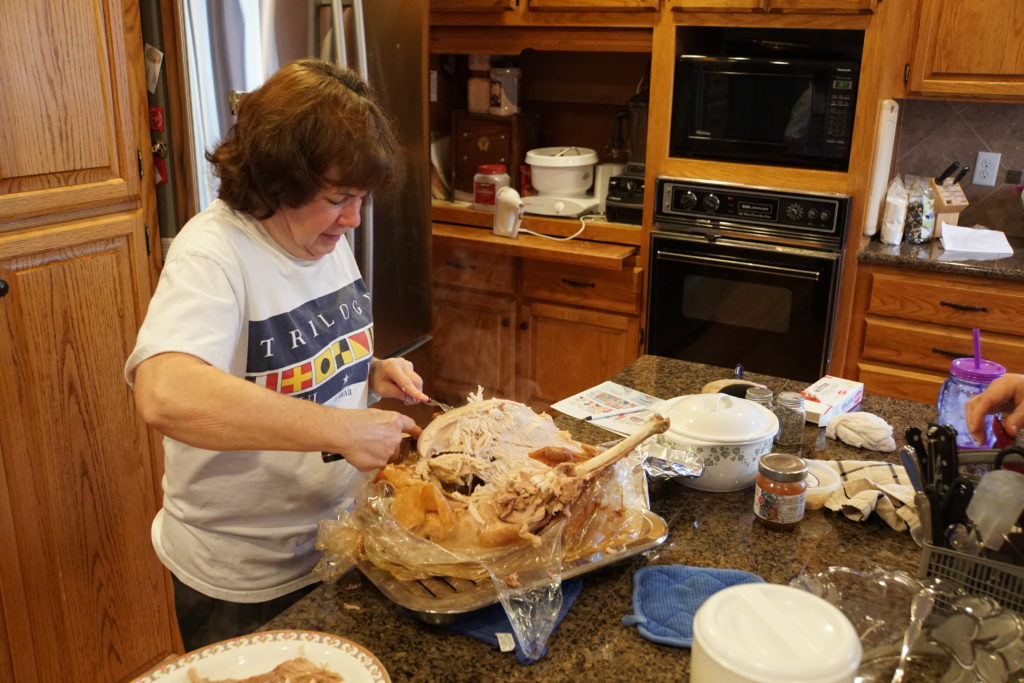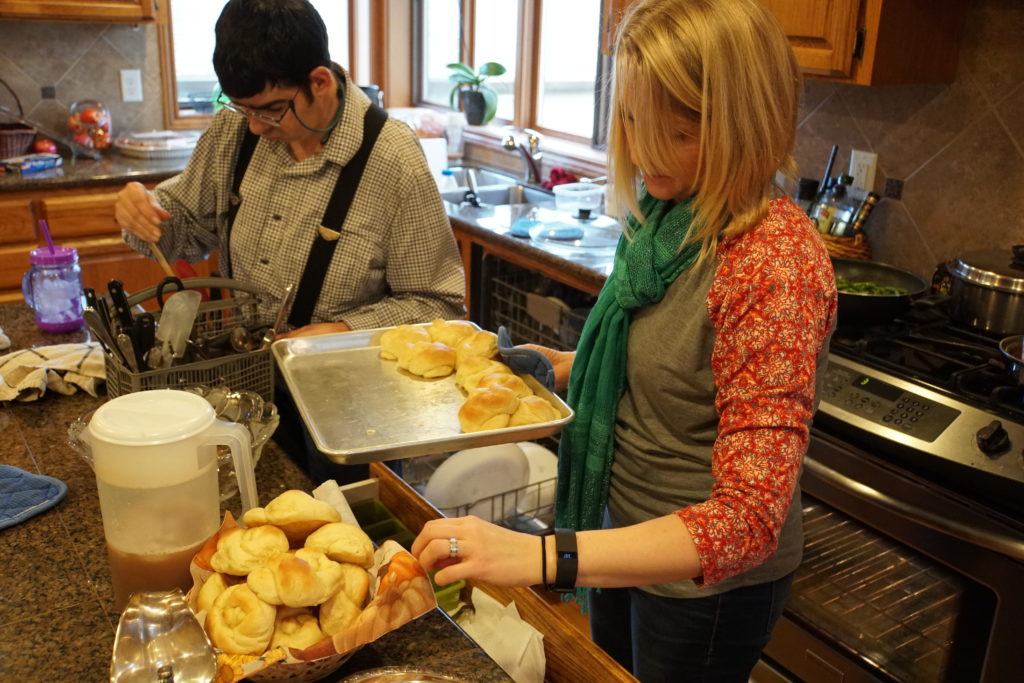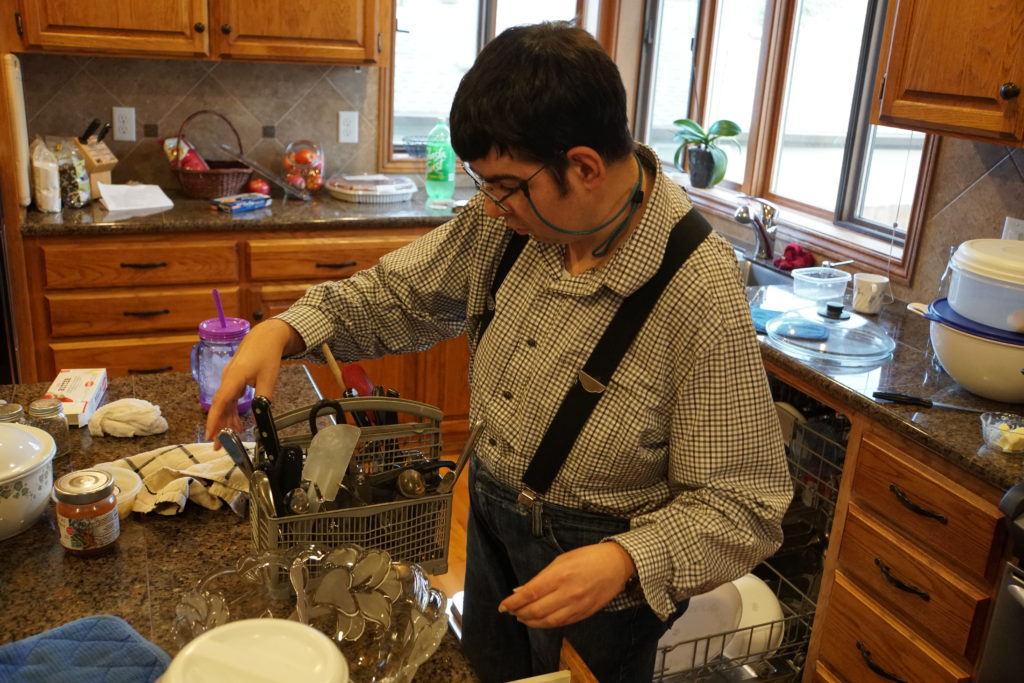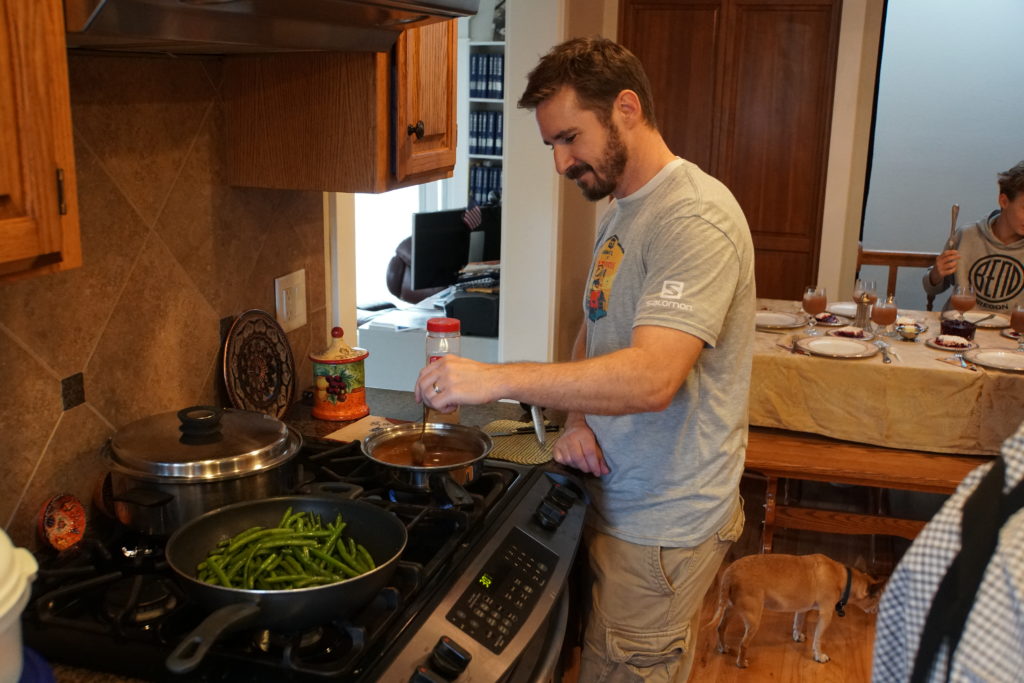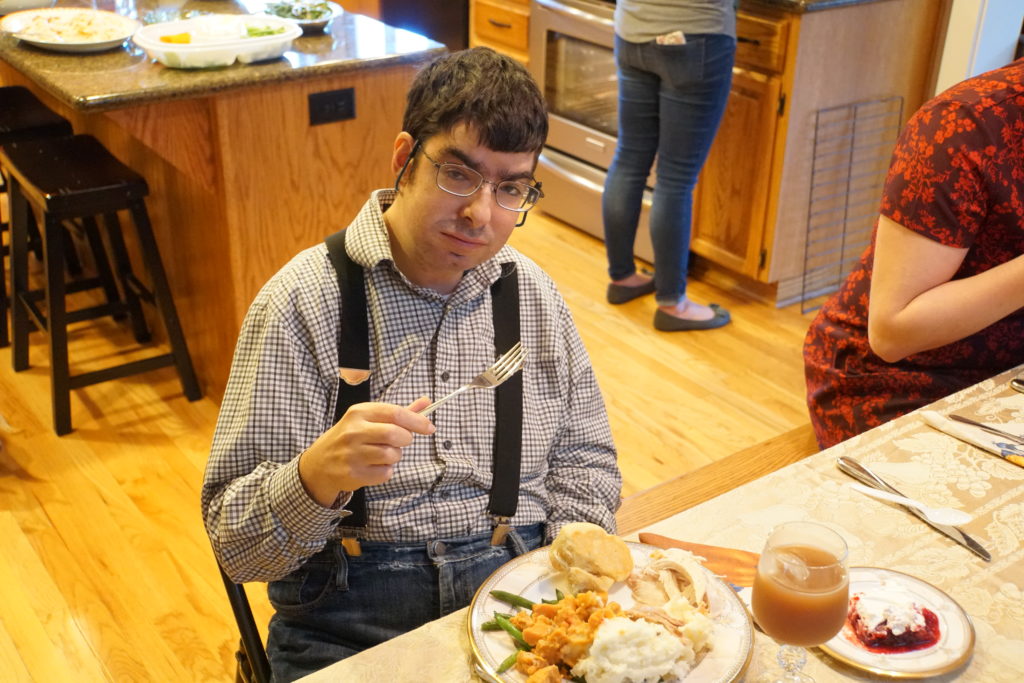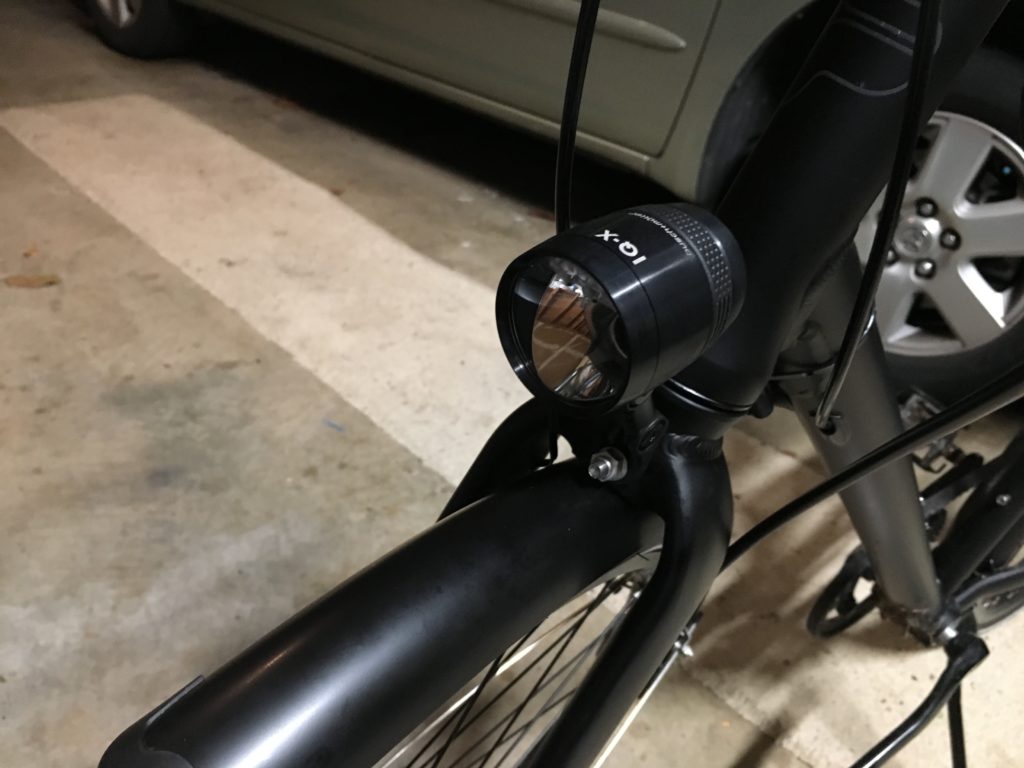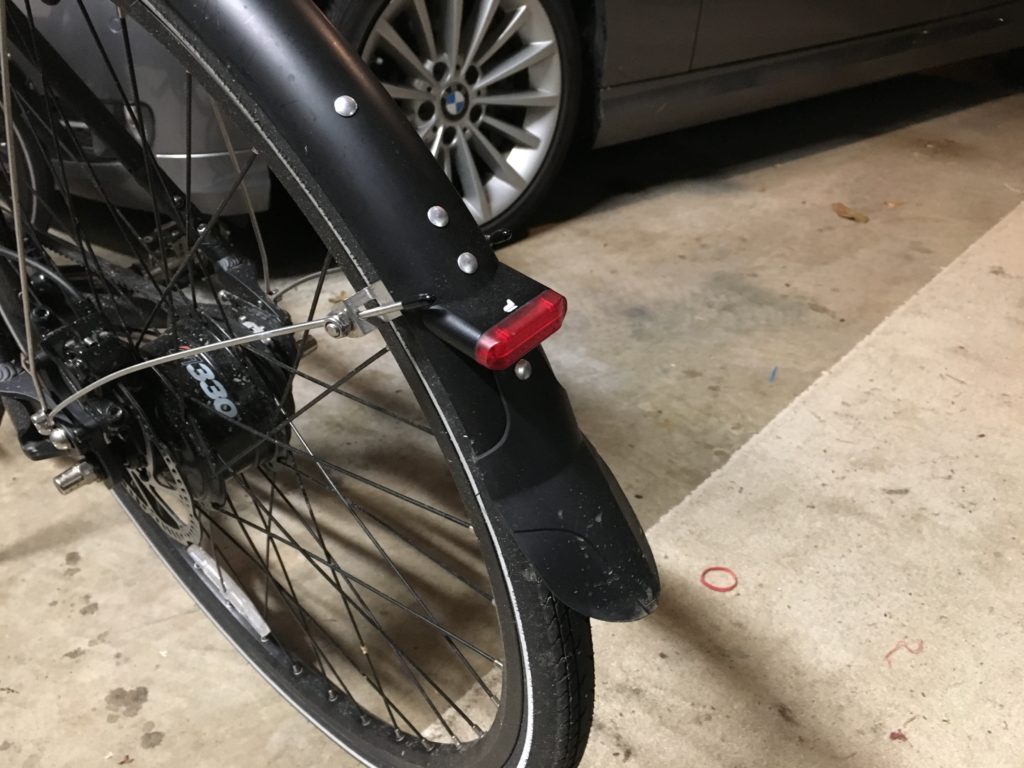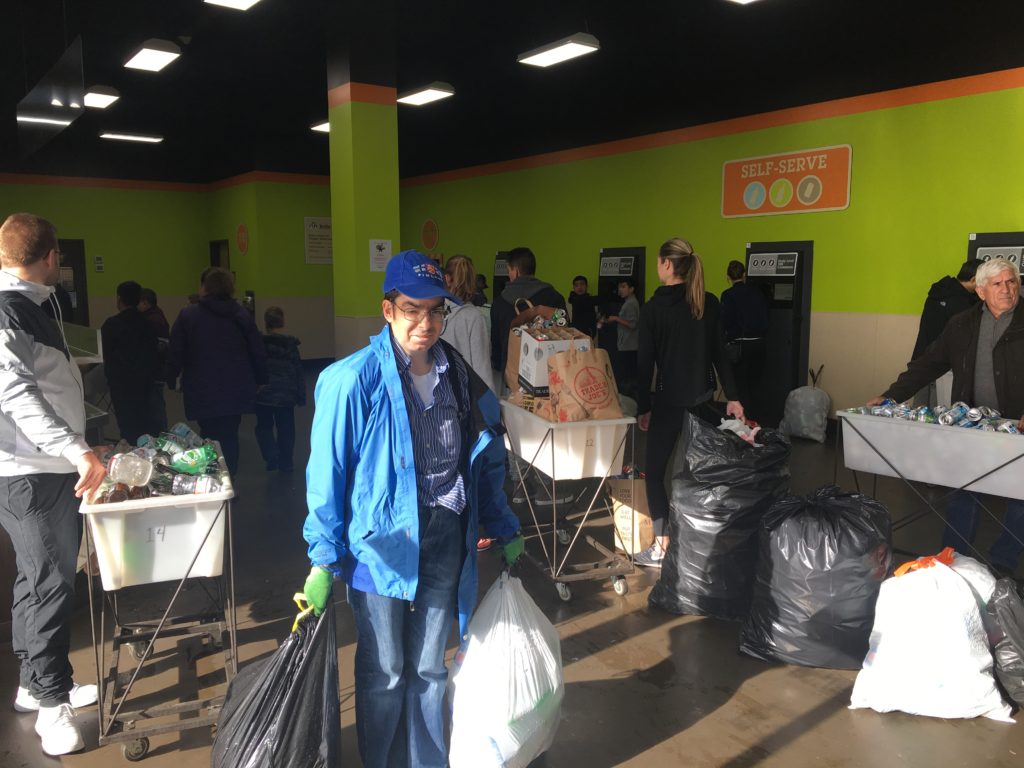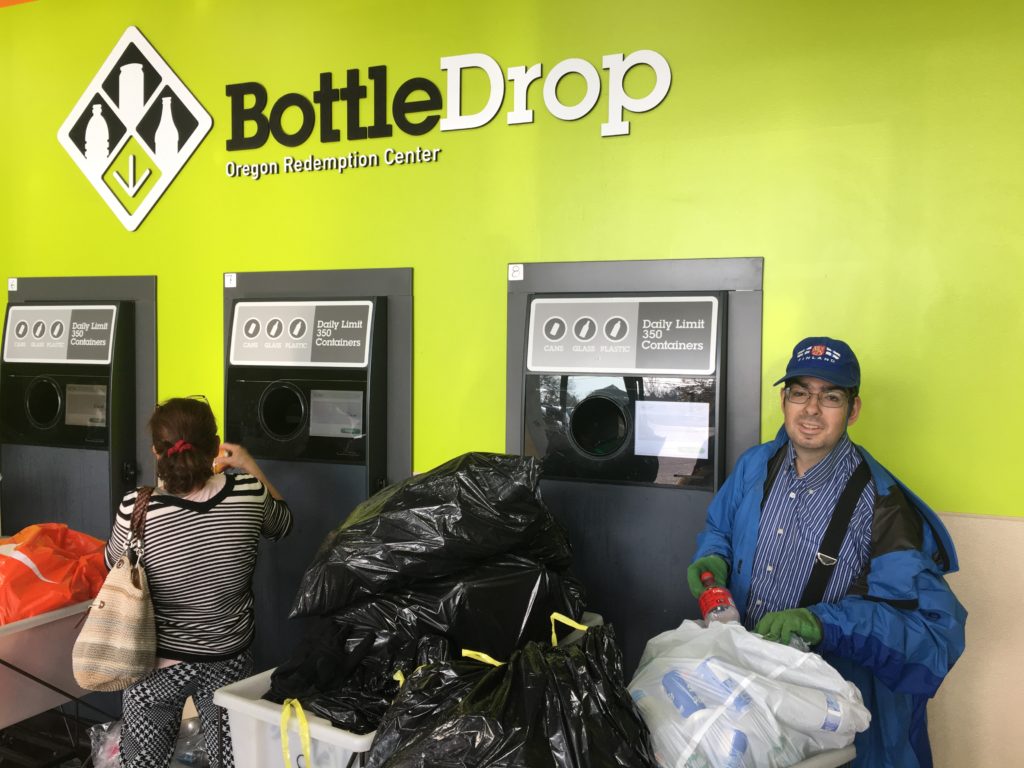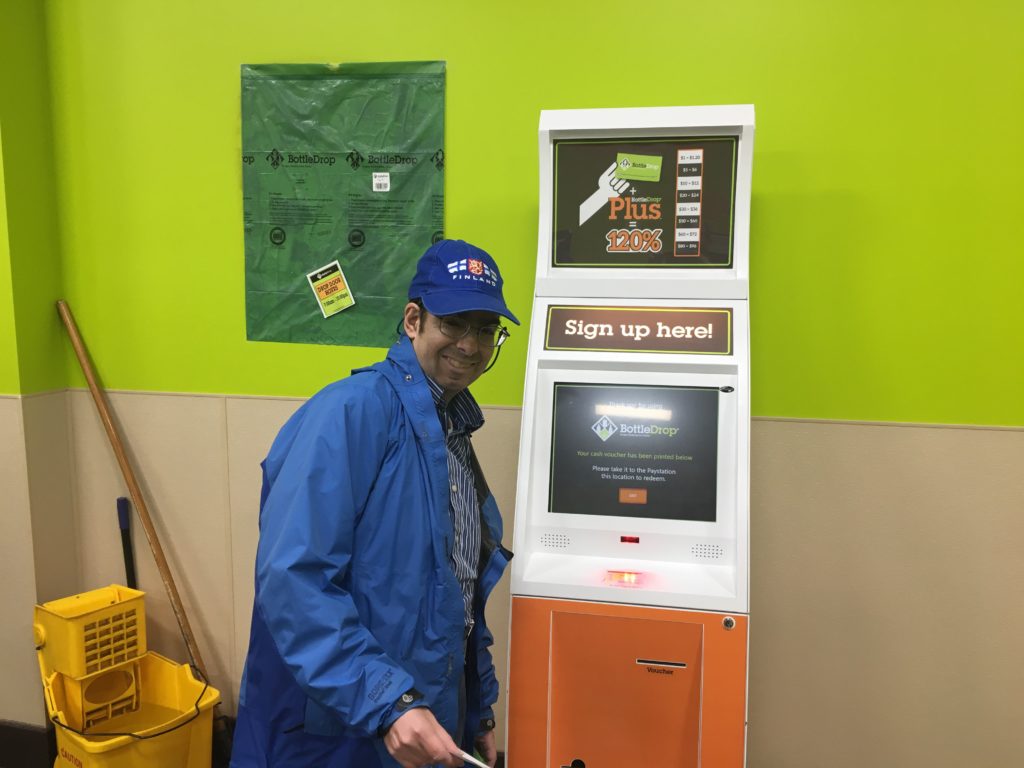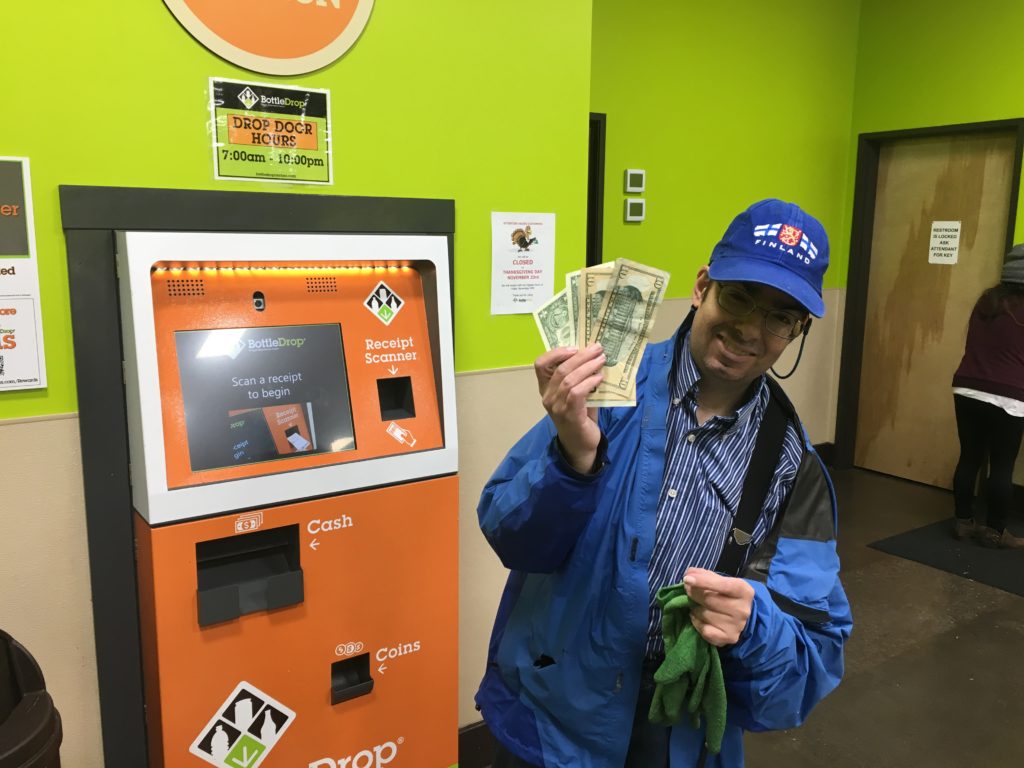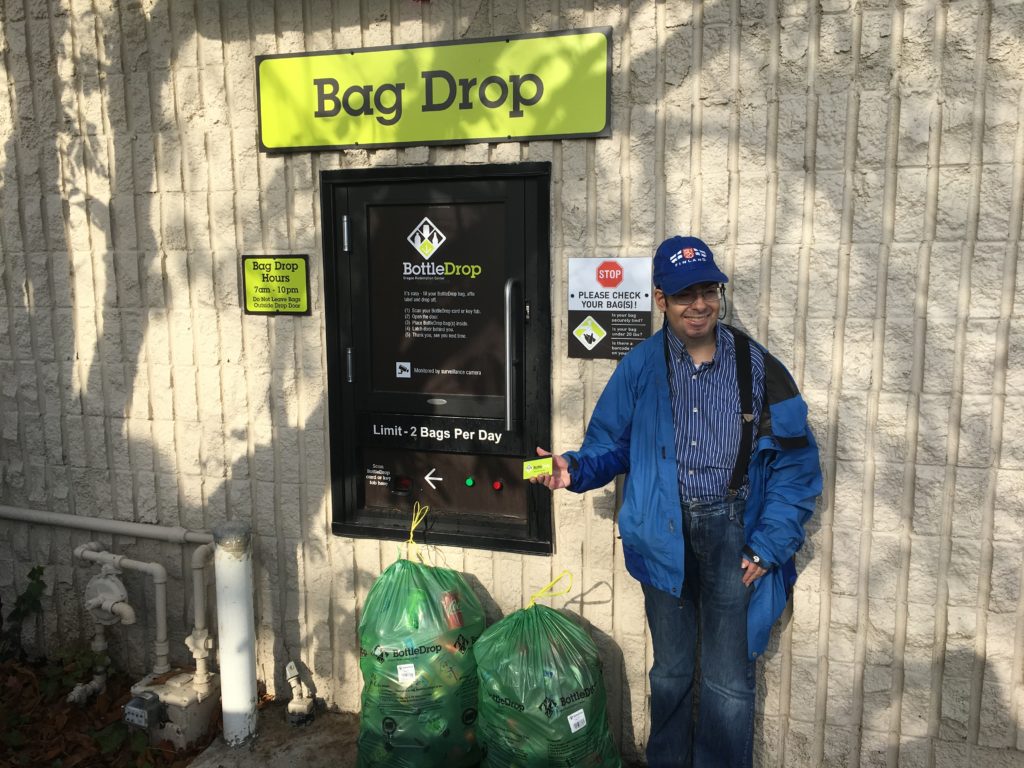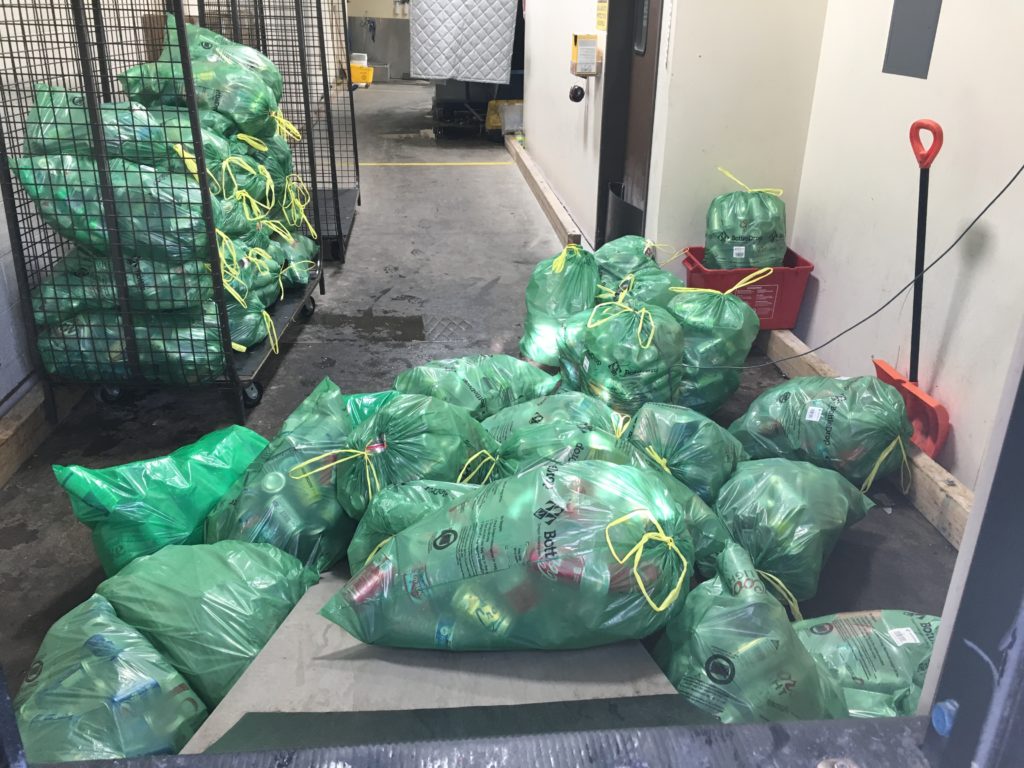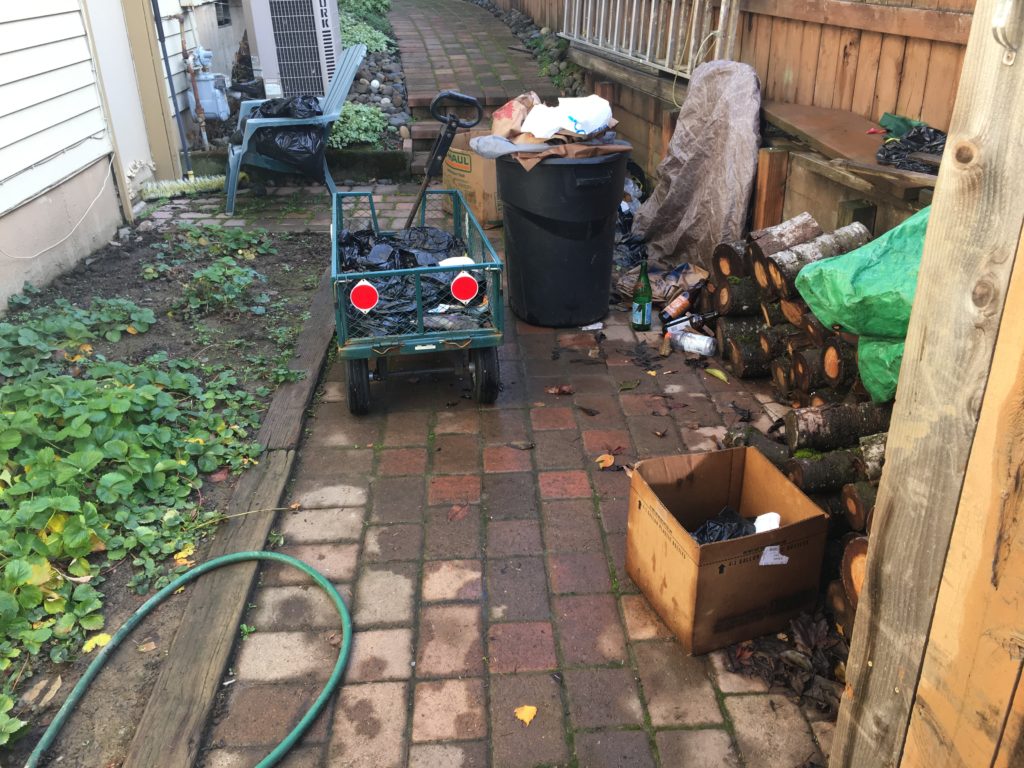I’ve been relating many of the marvels of advances in technology during my lifetime. As technology is at the center of my professional career, and holds many of my aptitudes and interests, these come easily to mind. But how has quality of life changed in recent decades?
While perhaps not as revolutionary, there have been marked improvements in travel. Faster, and I think less expensive, air travel. Faster, safer, and more reliable cars. There have been substantial medical advances. While not cured, there have been many gains in the war on cancer and heart disease. Any number of medical conditions can be detected and treated early and effectively. My allergy shots are near 100% effective–I don’t know if that is a recent advance. Polio and other awful diseases have been eradicated in my lifetime.
I think working conditions and benefits are much improved. Work places, and many other places, are smoke free–just ask my dad how awful it was to work in a room with cigarette smoke. Maternity leave from work is now common, and, increasingly, even for fathers. Video conferencing and other communication methods have reduced the need for business travel, and facilitated working from home. (Granted, this can be a negative in the sense that we are never off work.)
Global markets have increased availability and lowered costs of goods. Productivity and prosperity are high, at least in the first world. Educational opportunities abound, both formally and informally. Who hasn’t learned how to create or fix something by searching the internet?
We have almost always had two cars. And owned our home. We have traveled for vacation and leisure extensively, across the USA and internationally. I can’t say our parents had so many opportunities. (Though my father traveled extensively due to his military career.)
I really do count my blessings for living where I do, when I do. What will the coming decades bring for our children and grandchildren? Perhaps in 50 years people will look back at how hard we had things, such as suffering with awful cancers and common colds. And traffic jams. And world unrest and poverty.



